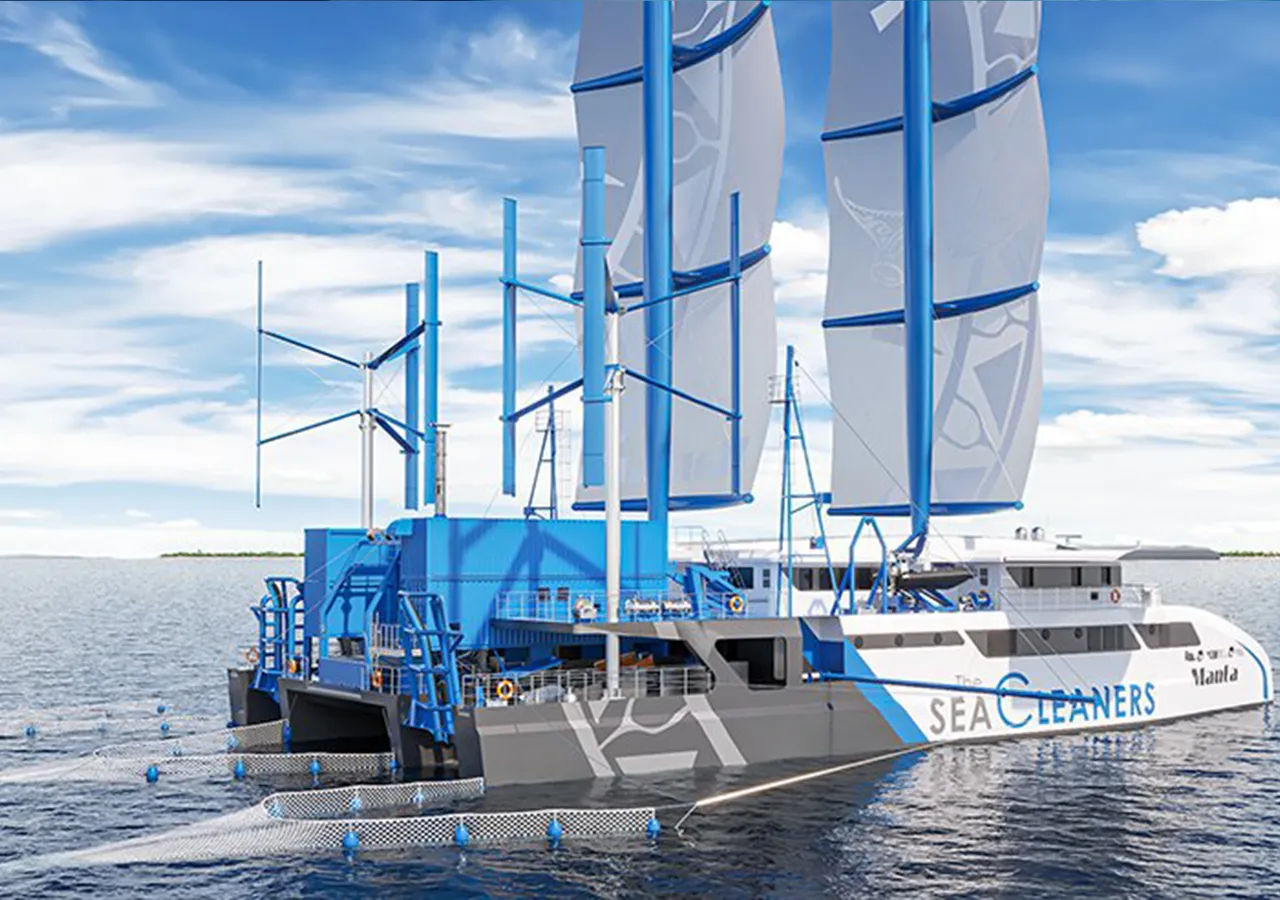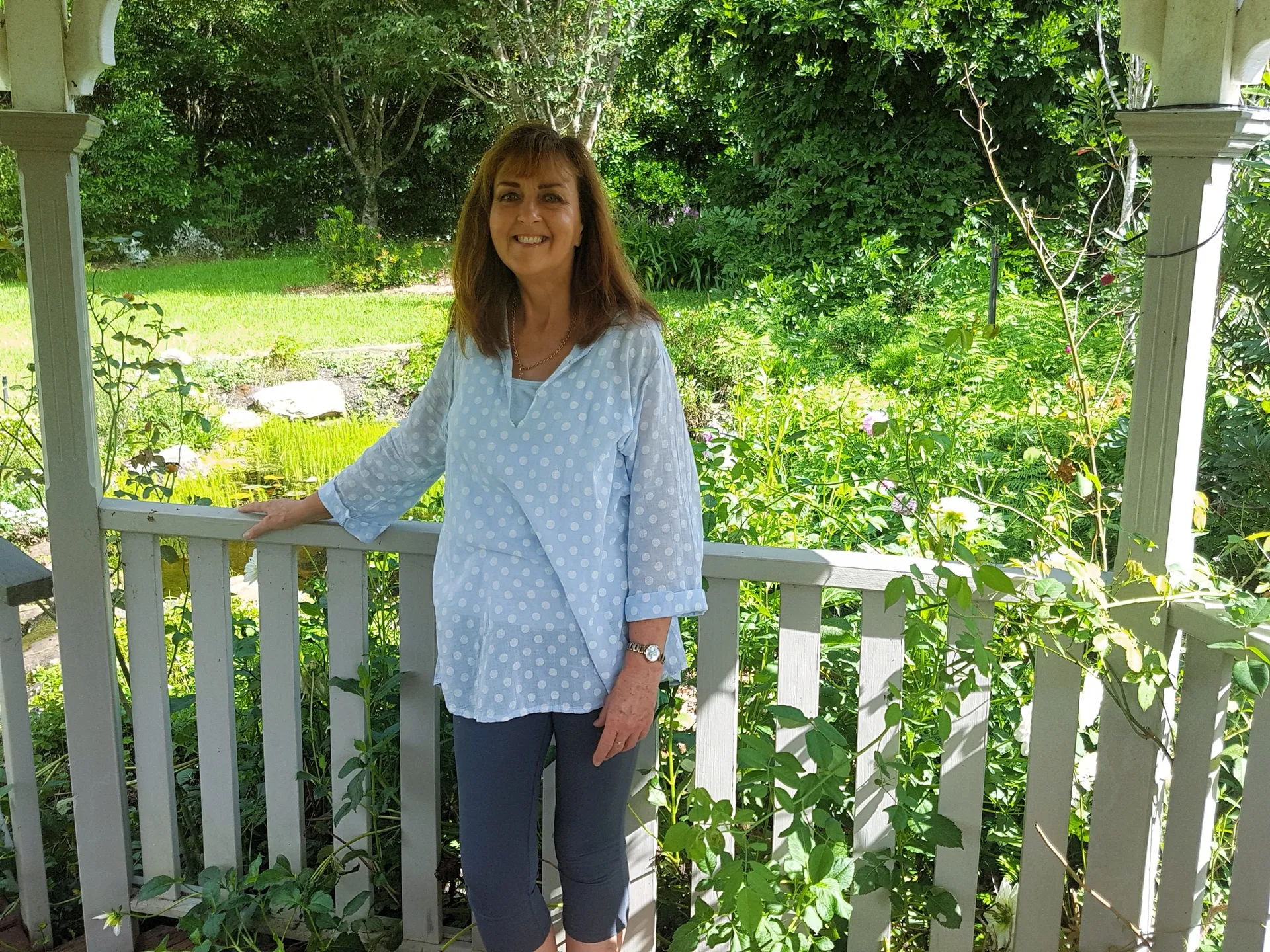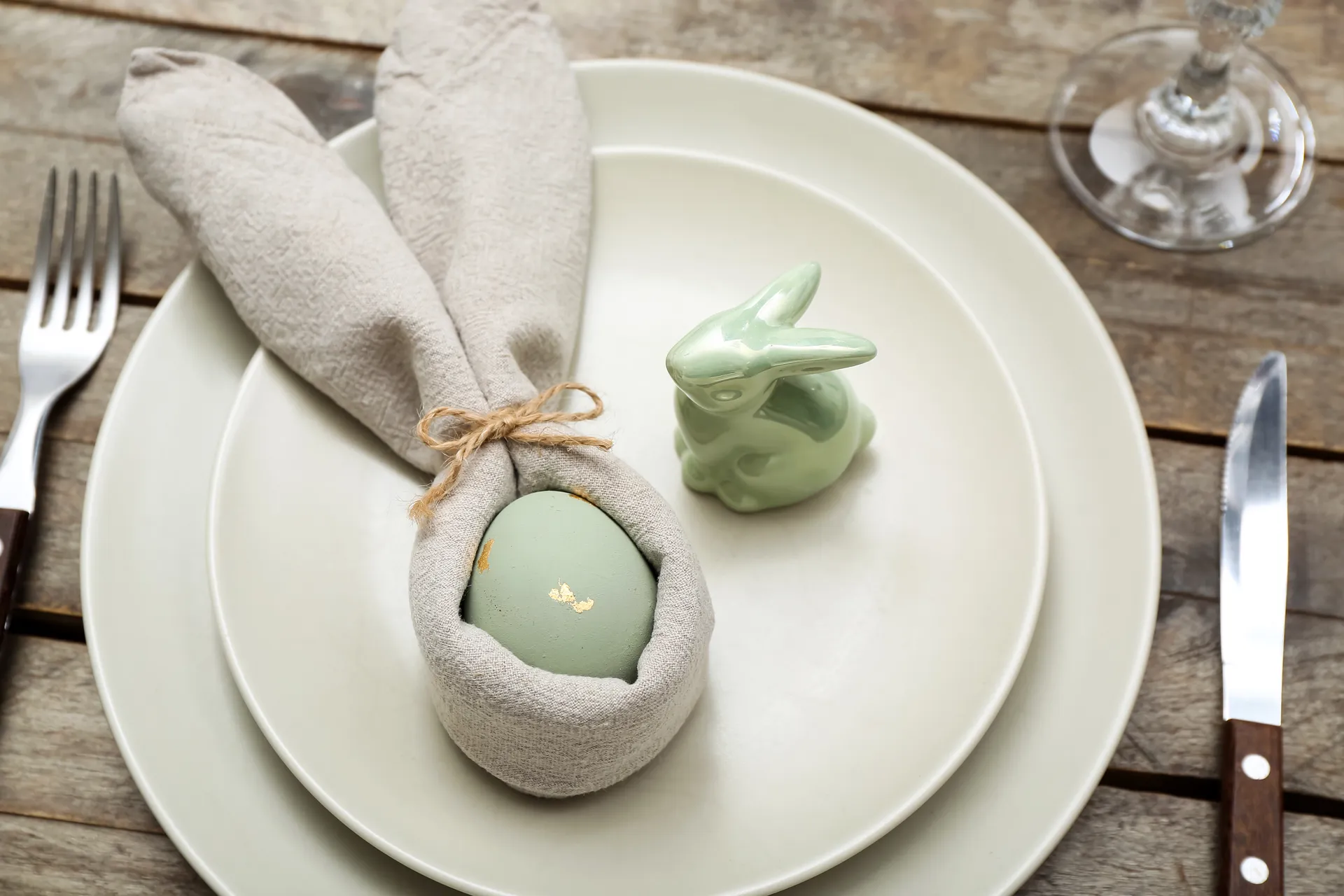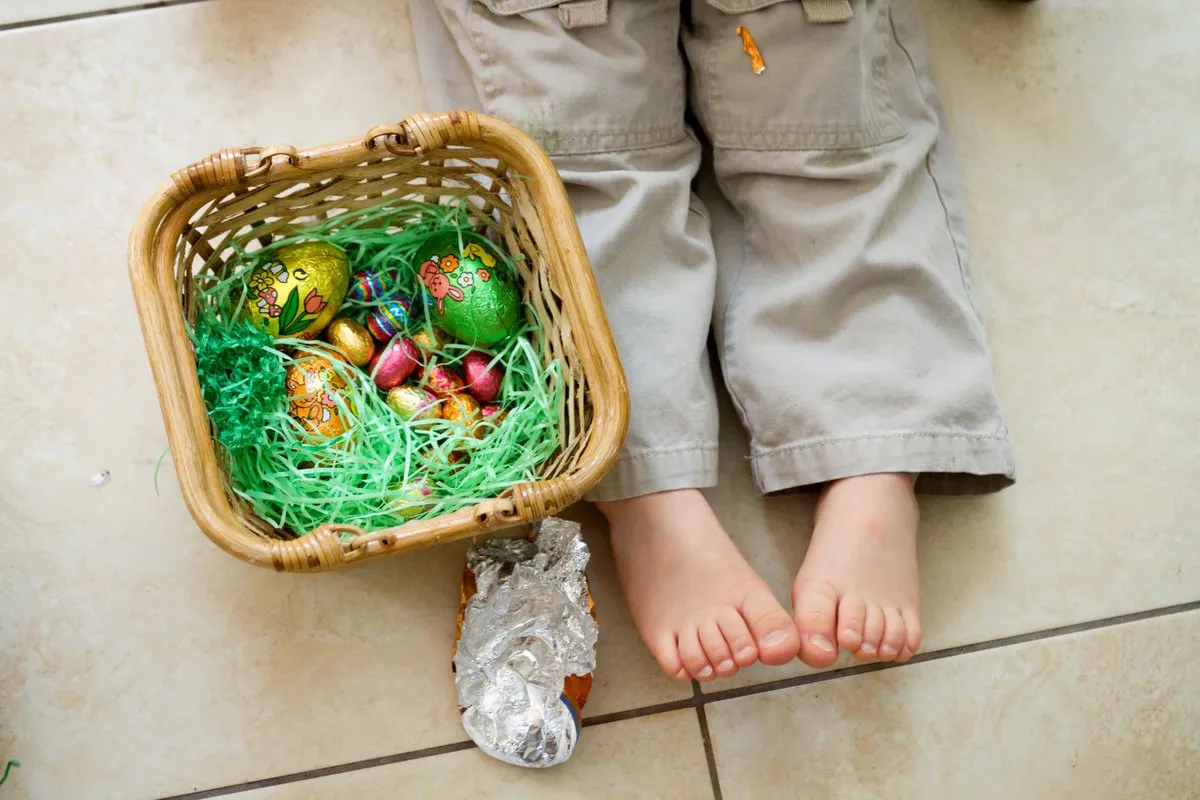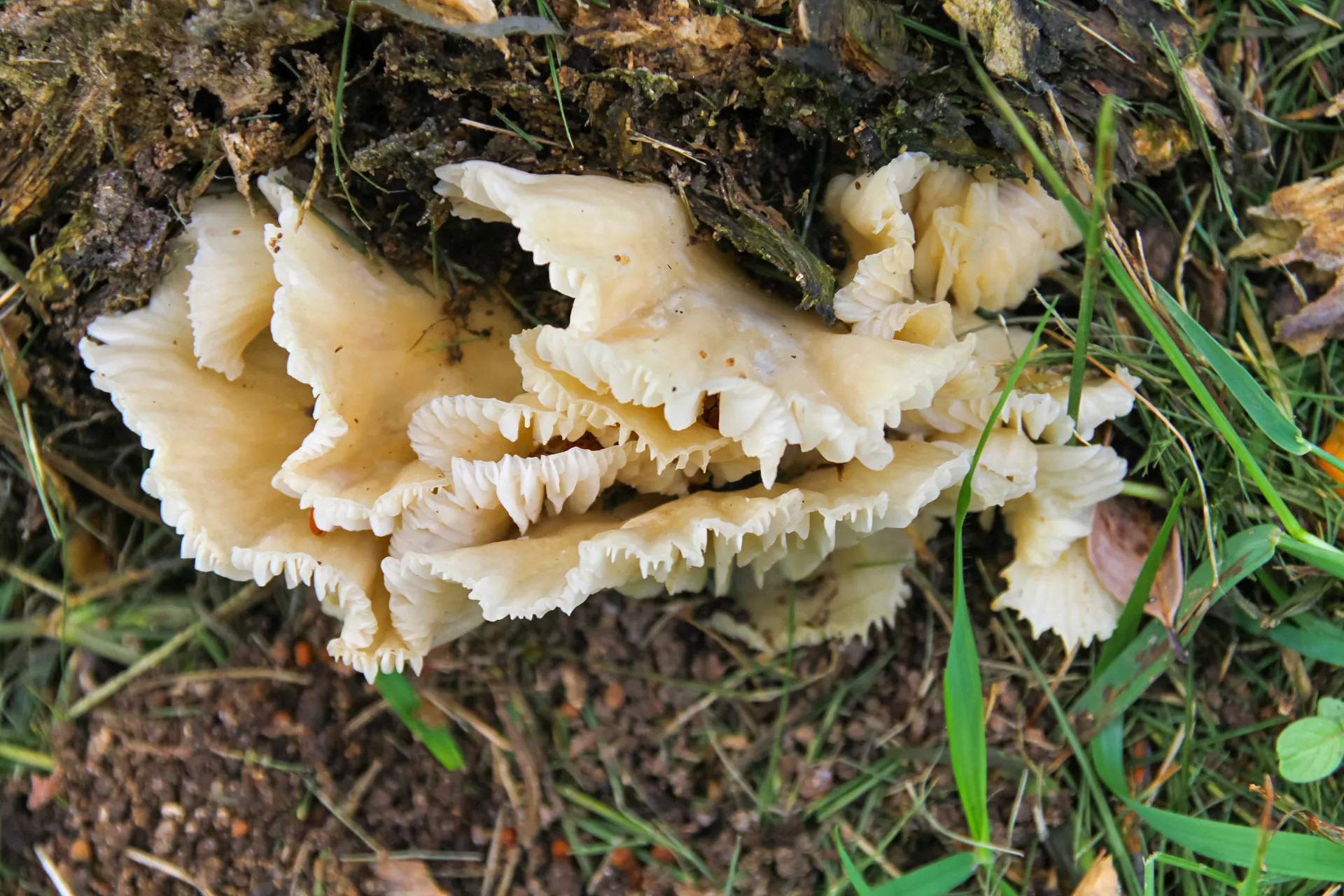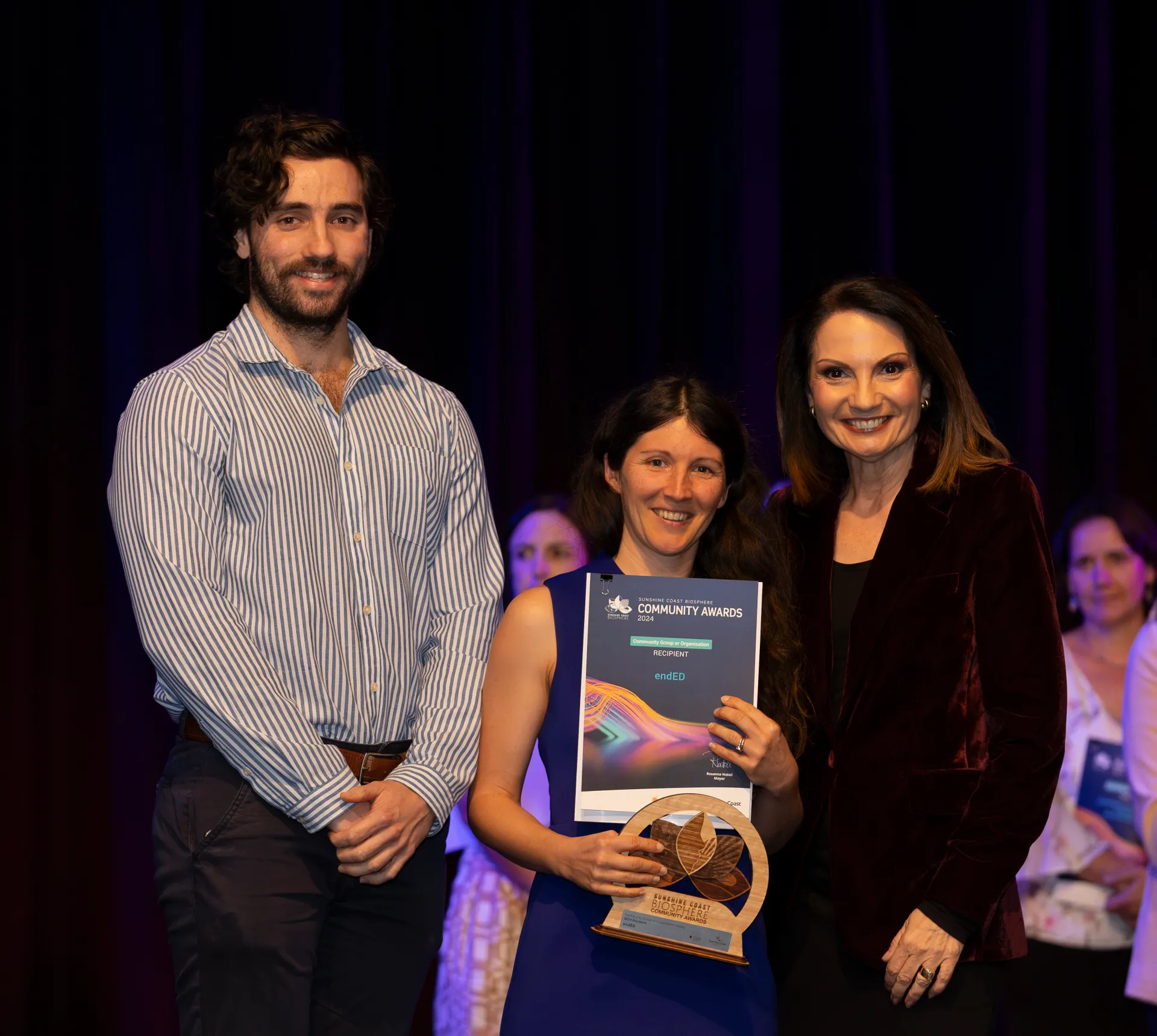Hidden Microplastics in the Fabrics of our Lives

Hidden plastics surround us, leaching into the food we eat, the water we drink, and the air we breathe…but where is all of this plastic coming from?
Plastic pollution is certainly created by industrial waste and dumping, abandoned fishing gear, littered or mismanaged single-use plastic items like cups and bottles, packaging and more. Beyond these more obvious items, microparticles of plastic have also been found in beauty products (including toothpaste!), glitter, gum, and even in teabags. But what if we hold that a major source of hidden plastic pollution comes from items that we touch every day—items that we put directly on our body, sleep in, fill our homes with, and wrap our children in...
FABRICS / TEXTILES / CLOTHING
Most of our clothing is made from plastic-derived fibers like polyester, nylon, and spandex, which are materials also used in furniture, towels, bedding, blankets, diapers, curtains, banners, flags, and more. Microfiber pollution shedding from the washing and wearing of synthetic textiles significantly contributes to microplastic pollution in our ocean, waterways, and our own drinking water! Small fragments of plastic fibers enter our water every time these materials are washed, adding up to the equivalent of 50 BILLION plastic bottles dumped into the ocean each year (WEForum). These microfibers are not caught in wastewater treatment plants as they are too small to be captured by most filters and there is not yet widely available and adopted technology to digest or treat them.
Microfiber shedding can also occur even when we are just walking around and wearing our clothing or using other textiles (Marine Pollution Bulletin). Recent studies suggest that shedding of microfibers directly into the air may be of equal cause for concern as the shedding that takes place in the wash (Environmental Science & Technology).
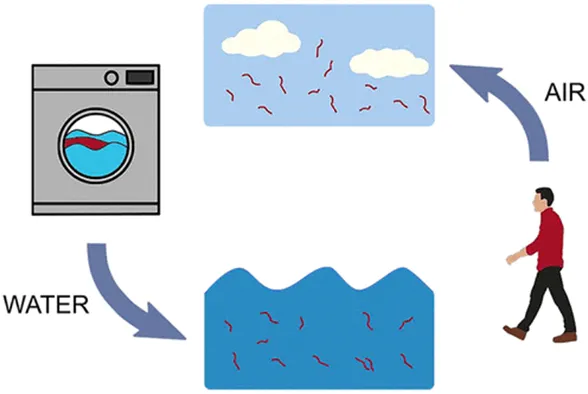
Microplastics have been found in most drinking water in the United States, and as plastic is made from fossil fuels, chemicals, and additives, it poses significant health concerns. How bad is it? On average globally, we eat a credit card’s worth of microplastics every week(WWF). Dr. Shanna Swan’s recent book “Count Down” raises the concern that consumption of plastic and associated chemicals may be causing a decrease in sperm counts and directly reducing fertility in men!
What about products made from recycled or upcycled materials, such as plastic water bottles? Plastic degrades with every lifecycle under the current recycling infrastructure, which means we are creating products out of degraded plastic. As plastic further degrades, it is more likely to leach microfibers and microplastics into the environment—so, unfortunately, recycled synthetic materials are even more likely to shed microfibers. For items that are frequently worn and washed, approach upcycled plastic solutions with caution and ask manufacturers if they have tested their products for microfiber shedding.
It is not an easy challenge to solve. There are options out there to capture these fibers and reduce contributions to the pollution, such as PlanetCare, Guppy Friend, and Cora Ball. While these are a great first step we can all take today alongside choosing plant-based fibers where possible, we need to go further to stop the issue at its source.
Challenges at this scale require systemic solutions! That’s why we are thrilled to be a partner in the ConservationX Labs Microfiber Innovation Challenge. We are calling all geniuses and innovators to join us in finding solutions to REPLACE and PREVENT the sources of this pollution.
There is one week left to enter the $650,000 Microfiber Innovation Challenge. Apply now to offer your ideas to the global community innovating around this challenge at https://www.microfiberinnovation.org/

